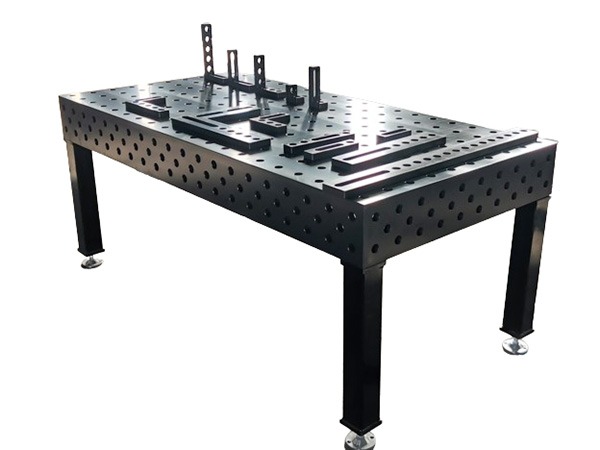A Guide to Choosing a Welding Table: How to Select the Right Table for Your Needs
12/13/20242 min read


Introduction
When it comes to welding, having the right workspace can make all the difference. A welding table not only provides stability but also enhances your efficiency and safety. Whether you’re a seasoned pro or just starting out, picking the ideal welding table can be somewhat overwhelming. In this guide, we’ll break down everything you need to consider when choosing your perfect welding companion.
Essential Features to Look For
Not all welding tables are created equal, and your choice should cater to the specific needs of your projects. First off, consider the material of the table. Steel tables are durable and heat-resistant, making them an excellent option for most welding applications. On the other hand, if you need something lightweight and portable, aluminum tables might serve you well.
Another feature to consider is the size of the table. Make sure to think about your workspace and typical project dimensions. A larger table may give you more flexibility, but it can also take up considerable room in your workshop. Conversely, a compact table might be ideal for smaller tasks but may limit your options for bigger projects.
Height and Adjustability
The height of your welding table is a crucial factor often overlooked. A comfortable height allows for better posture, reducing fatigue during lengthy welds. Some tables come with adjustable heights, which can be beneficial if multiple users with different preferences will be utilizing the table.
Consider your working style – if you do a lot of overhead welding, a taller table might be advantageous. Additionally, if you work on various tasks, look for a table that's easy to modify or adjust in height. This way, you can ensure maximum comfort while working.
Accessories and Add-Ons
Don't forget to think about the accessories! Some tables come with options for clamps, vice grips, or even integrated tool storage. These can streamline your workflow and reduce downtime for tool retrieval. Think about what you typically need while welding and see if your potential table can accommodate those accessories.
If you often find yourself tackling various projects, a table that can easily adapt to different scenarios will be invaluable. You might want to look for adding features like extensions or flip-tops that allow for more versatile uses.
Final Thoughts
Choosing the right welding table doesn't have to be rocket science. By keeping in mind the materials, size, height, and necessary accessories, you can narrow down your options significantly. It's important to remember that this table will be a crucial part of your welding setup—making the right pick can enhance both your experience and your results. Happy welding!
Quality
Leading manufacturer of welding solutions since 2014.
Contact
Support
sales@xingtongweldingtable.com
+86-137-22775712
© 2024. All rights reserved.
